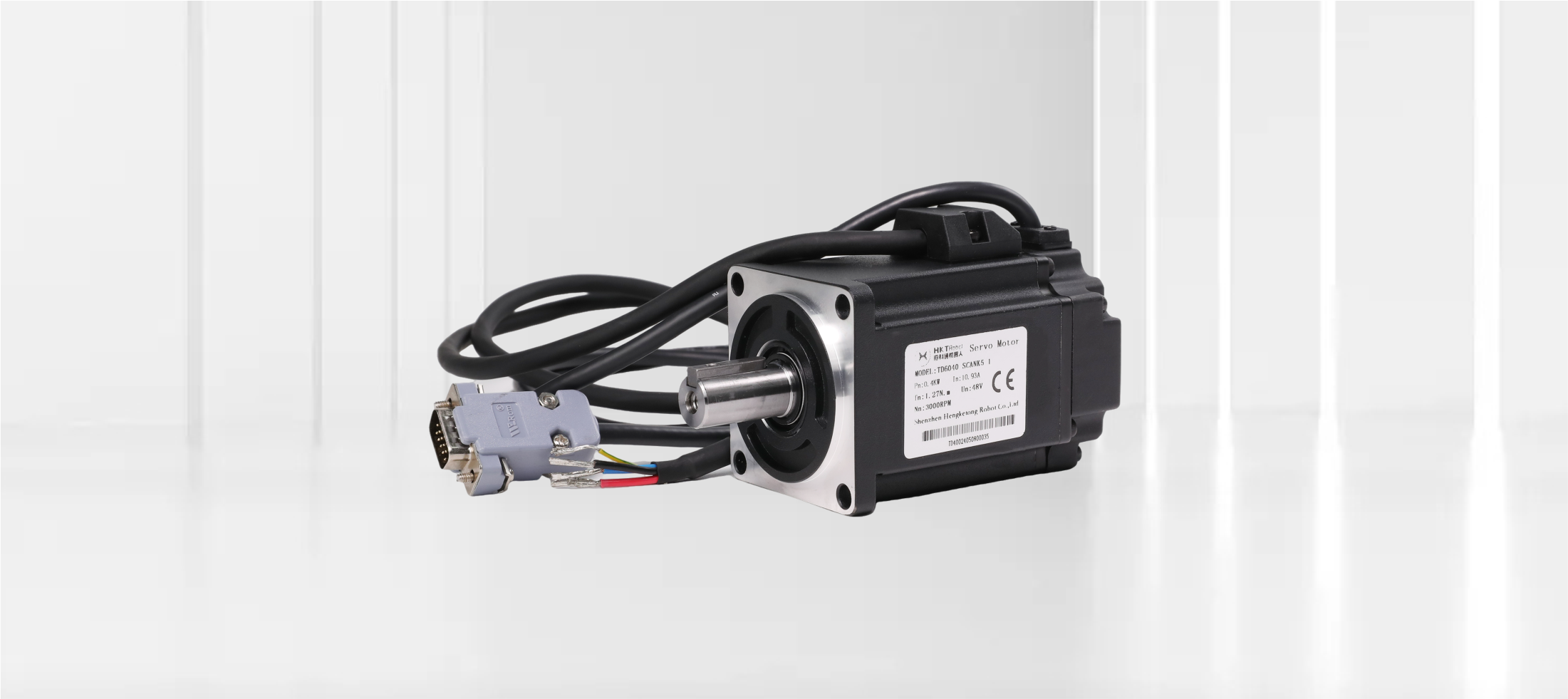1. Temel Seçim Mantığı: Önce Gereksinimleri Tanımlayın, Daha Sonra Parametreleri Eşleştirin
Otomotiv lojistiğinin karmaşıklığı, motor seçiminin "tek tip" olamayacağı anlamına gelir. Seçim sistemi , koşula dayalı seçim ve mekanizmaya dayalı seçim olarak ikiye ayrılabilir. İlki teknik özelliklere odaklanırken, ikincisi lojistik sistemlerindeki temel aktüatörleri ele alır.
1.1 Temel Gereksinim Boyutları: Güç ve Hassasiyet
-
Temel Güç Tahrik Senaryoları : örneğin AGV taşıyıcıları, konveyörler , sürekli dengeye, yük kapasitesine ve teslimat süresine odaklanma.
-
Yüksek Hassasiyetli Kontrol Senaryoları : örneğin, hassas konumlandırma, indeksleme tabloları , hız kararlılığına odaklanma, durdurma doğruluğu ve kontrol yöntemi.
Tablo: Temel Parametre Karşılaştırması
| Uygulama Senaryosu | Ana Parametreler | Teknik Göstergeler |
|---|---|---|
| AGV Taşıyıcıları | Güç | Maksimum tork 20–32,5 N·m, 1–3 ton yükler |
| Uyumluluk | DC24V/48V, uyumlu pil sistemi | |
| Çevreye Uyum Sağlama | IP66 koruması, yağ/suya dayanıklı | |
| Hassas Taşıma | Hız Stabilitesi | Hız değişimi ±0,2%–±1% |
| Kontrol Yöntemi | PLC uyumlu, darbe girişi desteği | |
| Kurulum Boyutu | 20–85 mm, kompakt kurulum | |
| Dizinleme Tabloları | Durdurma Doğruluğu | Durdurma açısı hatası ±0,05° |
| Geri Bildirim Yöntemi | Kodlayıcı düzeltmesi | |
| Dişli Oranı Aralığı | 3–180, geniş hız kapsamı |
2. Mekanizma Tabanlı Seçim
2.1 Kayış Mekanizmaları
-
Dikey Taşıma : Durma emniyeti ve konumlandırma hassasiyeti gerektirir. Elektromanyetik frenli motorlar düşmeyi önler; step motorlar 0,02 mm hassasiyetinde taşıma sağlar.
-
Çok Hızlı Taşıma : Fırçasız motorlar, yükleme, taşıma ve konumlandırma arasında ±%0,2 hız değişimiyle sorunsuz geçişler sağlar.
2.2 Vida Mekanizmaları
-
Anında Geri Dönüş : Fırçasız veya adım motorları milisaniyeler içinde tepki vererek tork gecikmesini önler.
-
Kısa Menzilli Yüksek Hassasiyet : Kapalı devre kontrollü adım motorları, ±0,01 mm'nin altında çok eksenli sapma ile 0,005 mm çözünürlüğe ulaşır.
2.3 Dizin Tabloları
-
Yüksek Hızlı Konumlandırma : Adım motorları, yüksek frekanslı anahtarlama için uygun, <0,5 saniye konumlandırma süresine sahip ağır yükleri sürer.
-
Aşırı Yük Koruması : Hibrit kontrol, “adım kaybını” önler, aşırı yük altında kapalı çevrime geçer ve alarm çıkışı verir.
2.4 AGV Taşıyıcıları
-
Güç ve Dayanıklılık : Fırçasız motorlar %85'in üzerinde verimlilik sunar ve şarj başına dayanıklılığı 10-12 saate kadar uzatır.
-
Çevresel Uyum : IP66 koruması, kompakt boyut, yağ/su ortamları ve dar alanlar için uygundur.
3. Teknoloji Yükseltme Trendleri
-
Mutlak Kodlayıcılar : AGV'ler için güç kapalıyken hafızayı ve "kesintiden devam etme" özelliğini etkinleştirir.
-
Bus İletişimi : EtherCAT, Modbus, CC-Link desteklenir, MES entegrasyonuna ve uzaktan izlemeye olanak tanır.
-
Minyatürleştirme ve Güç Yoğunluğu : Kompakt motorlar (20–40 mm), hassas montaj için ideal olan 10–50 N·m tork sağlar.
Çözüm
Motor seçimi, lojistik gereksinimleri teknik parametrelere dönüştürür. Senaryoya özgü ihtiyaçları hassas teknik eşleştirmeyle birleştirerek üreticiler, hatasız ve yüksek verimli lojistik operasyonları gerçekleştirebilir.

Paylaşmak:
AGV/AMR Tasarım Hesaplayıcısı: Parametre Hesaplamalarından Seçim Kılavuzlarına Kadar Önemli Noktalar
Modern Lojistik için Verimli AGV Kaldırma Sistemleri